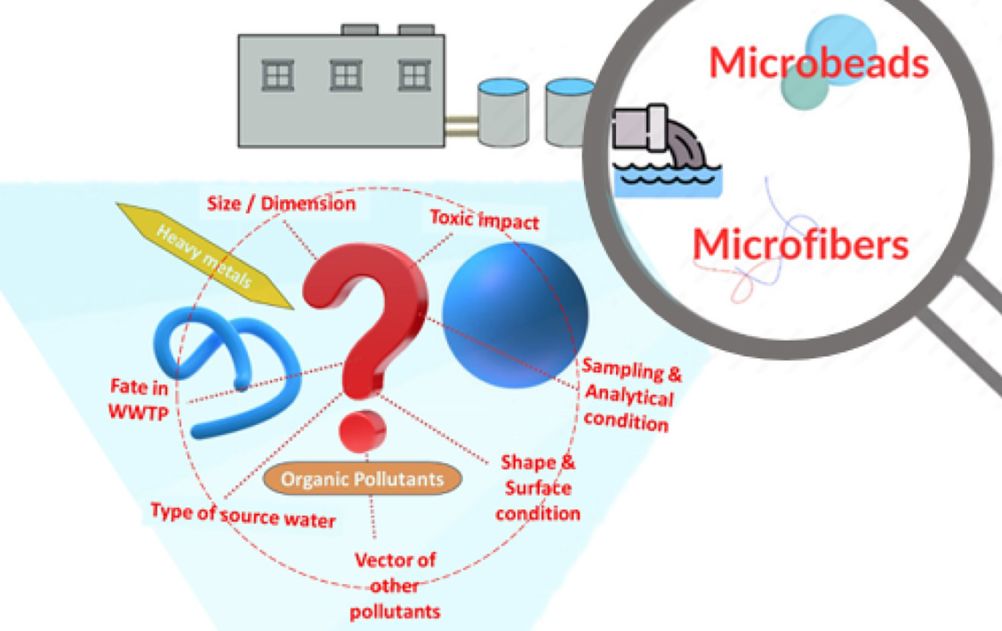Conducted by researchers at The University of Texas at Arlington (UT Arlington), the work investigated the prevalence and characteristics of microfibres (MFs) and microbeads (MBs) in water that had passed through wastewater treatment plants (WWTPs).
Related content
In most cases, WWTPs were found to reduce the volume of these common microplastics. However, significant quantities of both MFs and MBs were found to persist in all cases, exposing humans to potential long-term health threats including cancer. The work is published in Science of the Total Environment.
“What our systematic literature review found is that while most wastewater treatment facilities significantly reduce microplastics loads, complete removal remains unattainable with current technologies,” said senior author Un-Jung Kim, assistant professor of earth and environmental sciences at UT Arlington.

“As a result, many microplastics are being reintroduced into the environment, likely transporting other residual harmful pollutants in wastewater, such as the chemicals Bisphenols, PFAS and antibiotics. These microplastics and organic pollutants would exist in trace level, but we can get exposure through simple actions like drinking water, doing laundry or watering plants, leading to potential long-term serious human health impacts such as cardiovascular disease and cancer.”
According to the UT Arlington team, one of the main challenges in detecting and mitigating microplastics is the lack of standardised testing methods. A ‘unified approach’ to defining what qualifies as a microplastic would allow for better measurement rates across different regions. This would enhance understanding of the issue and potentially encourage adoption of better technologies for microplastic screening.
“We found that the effectiveness of treatments varies depending on the technology communities use and how microplastics are measured to calculate the removal rates,” said the study’s lead author, Jenny Kim Nguyen.
“One way to better address the growing microplastics issue is to develop standardised testing methods that provide a clearer understanding of the issue.”
Alongside better removal technologies, the UT Arlington team also emphasised the need for greater public awareness of microplastics and consumer responsibility when purchasing items such as clothes and cosmetics.
“While communities must take steps to improve microplastic detection and screening at the wastewater and water quality monitoring, consumers can already make a difference by choosing to buy clothing and textiles with less plastics whenever feasible, knowing that microfibres are the most common microplastic continually released through wastewater,” said Kim.











Guest blog: exploring opportunities for hydrogen combustion engines
"We wouldn't need to pillage the environment for the rare metals for batteries, magnets, or catalisers". Batteries don't use rare...